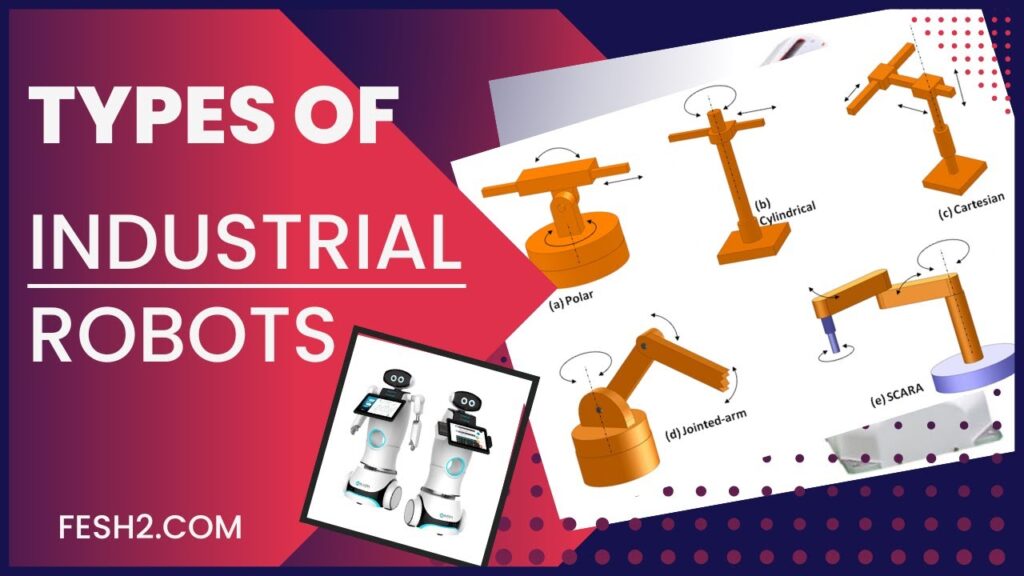Types of Industrial Robots: Exploring the Classification of Industrial Robots by Mechanical Structure
Industrial robots have revolutionized manufacturing processes across various industries. These machines are capable of performing repetitive tasks with high precision and efficiency, leading to increased productivity and cost savings. However, not all industrial robots are created equal. They can be classified based on their mechanical structure, enabling them to perform specific functions in different industrial applications. In this article, we will explore the different types of industrial robots and how they are classified based on their mechanical design.
SCARA Robots:
One of the most popular types of industrial robots is the SCARA (Selective Compliance Assembly Robot Arm) robot. Its mechanical structure consists of two parallel arms and a Z-axis that allows it to move vertically. SCARA robots are known for their speed and accuracy, making them ideal for assembly and packaging tasks. Due to their rigid structure, SCARA robots can handle heavier loads compared to other types of robots. They are commonly used in the automotive and electronics industries, where precision and high-speed operation are of utmost importance.
Articulated Robots:
Another commonly used type of industrial robot is the articulated robot. These robots feature a series of rotary joints, allowing them to mimic the movements of a human arm. Articulated robots are highly versatile, as their multiple degrees of freedom enable them to reach and manipulate objects in a variety of orientations and positions. Their flexible and dexterous nature makes them well-suited for applications such as welding, painting, and material handling. With their ability to perform complex tasks, articulated robots have become indispensable in industries ranging from automotive to aerospace.
Parallel Robots:
Parallel robots, as the name suggests, have a unique mechanical structure that consists of multiple arms connected to a common base. This design enables parallel robots to have high stiffness and rigidity, making them extremely accurate and suitable for tasks that require precise positioning. Parallel robots are typically used in applications where a heavy load needs to be handled quickly, such as pick and place operations in the food packaging industry or heavy material handling in construction. The high payload capacity of parallel robots makes them ideal for tasks that demand strength and speed.
Delta Robots:
Delta robots, also known as parallel link robots, are specialized machines designed for high-speed operations in industries like food processing and pharmaceuticals. These robots have a triangular base and three arms that are attached to a moving platform. The unique design of delta robots allows them to carry out tasks that require precision and speed, such as sorting and pick and place operations. Due to their excellent motion control capabilities, delta robots excel in applications where high-speed processing and precise movements are crucial.
Cartesian Robots:
Cartesian robots, or gantry robots, are ideal for applications that require a linear motion in either a horizontal or vertical plane. These robots have three prismatic joints, which allow movement along the X, Y, and Z axes. Cartesian robots are commonly used in industries like packaging, material handling, and assembly, where precise and repeatable movements are necessary. Their simple and robust design, combined with their ability to handle heavy payloads, makes Cartesian robots a popular choice for industrial applications.
In conclusion, industrial robots come in various types, each with its own mechanical structure that allows it to perform specific tasks in different industrial settings. Whether it’s the speed and accuracy of SCARA robots, the versatility of articulated robots, the strength and rigidity of parallel robots, the precision and speed of delta robots, or the linear movements of Cartesian robots, these machines play a crucial role in improving efficiency and productivity in manufacturing processes. By understanding the classification of industrial robots based on their mechanical structure, businesses can choose the right type of robot for their specific needs and enhance their overall operational performance.
Industrial Robot
“Exploring the Classification and Types of Industrial Robots: SCARA, Articulated, Parallel, Delta, and Cartesian Robots”


